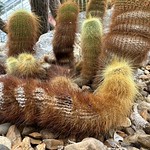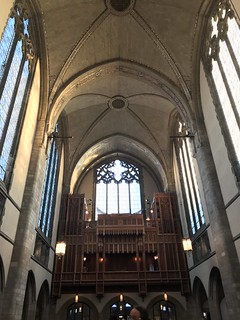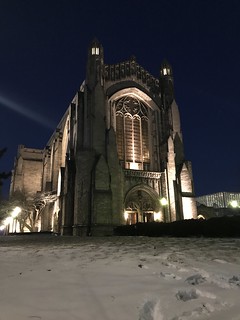Tag Archives: video
January sea smoke on Lake Michigan at -9°F
More January sea smoke on Lake Michigan. See this article by Catherine Schmitt for the science behind sea smoke.
Wreck of the Edmund Fitzgerald
Matthaei Botanical Gardens
Lodgings I have known: Arrowhead Lodge, Kabetogama, Minnesota
July 16, 2013
One of my favorite stays may have been the shortest. It wasn’t a choice, but came about serendipitously.
The drive from Superior, Wisconsin (Amnicon State Park), to Kabetogama, Minnesota, started late, after the summer sunset. J and I spent eternity passing through what, at night, looked like sparsely populated areas. It was a relief (literally) to find a roadside bar. When we arrived at the planned destination, it was probably after 1 a.m. — late enough to find the windows dark, the door locked, and the phone unanswered. It turns out family-run lodges aren’t like a Hilton or Marriott, with 24-hour desk attendants. Oops.
I was too tired to sit up or think, but I didn’t fancy trying to sleep in a car not designed for camping. Somehow I came up with the thought of calling around, which was not easy to do because cell coverage was weak and intermittent. It was difficult both to find places through Yelp! or websites, then to make phone calls. I can’t remember now, but I think i made some calls that went unanswered before I got to Arrowhead Lodge (still in the “A” section). A tired-sounding woman answered.
I quickly explained the situation and probably warned her the call might drop. She said she had space for us — hallelujah! When I said we’d be right over (before she changed her mind), she answered, “No hurry. I have to get dressed.” Yikes.
Arrowhead Lodge is 2.5 miles, or 7 minutes, from Sandy Point Lodge via dark rural roads. I didn’t know if I could stay awake that long. We made it after 2 a.m.
I stayed in a no-frills room with several beds to choose from, a fan, and maybe a radio — my memory is dim. The floor had a shared bathroom, in which several people (maybe even over time) had left assorted toiletries. I didn’t mind — all part of the adventure and shared outdoor experience. I didn’t see anyone, though, and several of the rooms were empty (open doors).
In the morning (a mere few hours later), we ate a great breakfast (al fresco, I think). Our perch overlooked Lake Kabetogama, which I’ve since learned is “Kab” to the locals, plus a flock of white pelicans. If we hadn’t been due to join a Kettle Falls cruise, I could have stayed there the rest of the day, but we left reluctantly. At the cruise departure point, J. realized his camera bag was missing. We raced back to Arrowhead to find our host keeping an eye on it while it took up a barstool. With our wee hours arrival and forgetfulness, she must have thought we were quite the characters.
Sadly, I took only a few poor photos at Arrowhead Lodge.
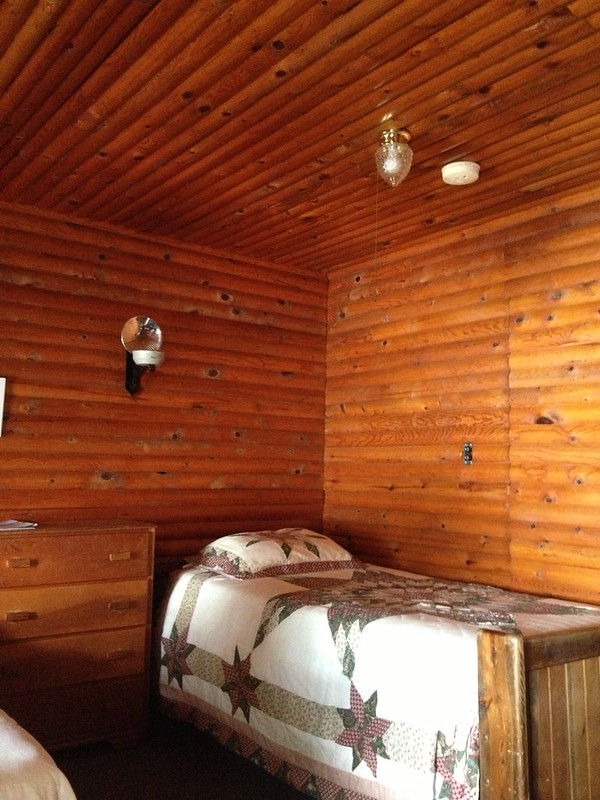

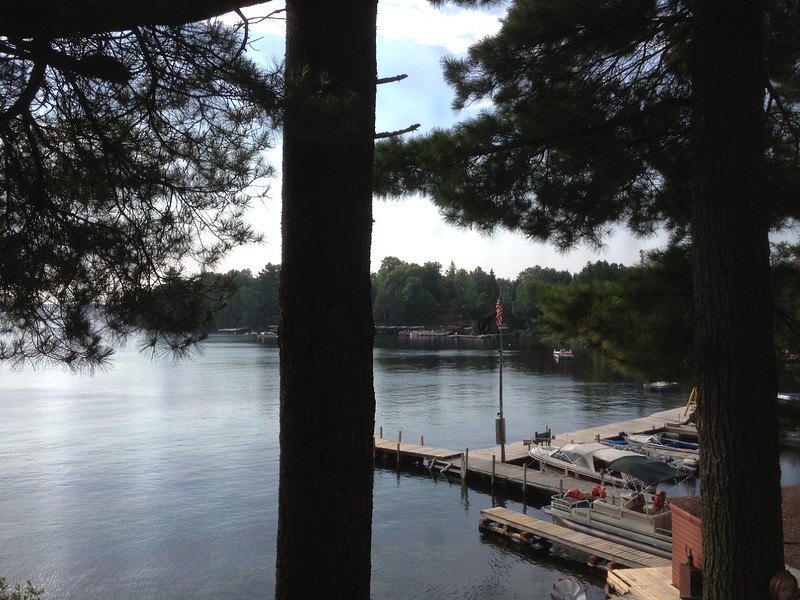
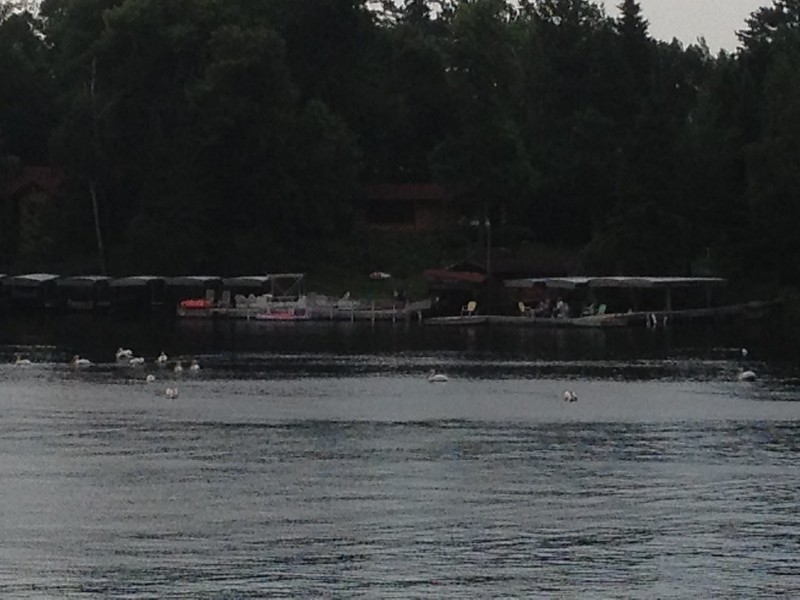
Later the owners, including the poor soul I’d woken up, sold the resort. The new owners have restored Arrowhead. which had deteriorated over the decades since its 1931 opening in the extremes of Minnesota’s climate. The first part of the video below shows the restoration effort and is well worth a look.
Pileated woodpecker pair at Sapsucker Woods
Christmas present for birders from the feeders at Sapsucker Woods (Cornell). The pileated woodpecker to your right (middle feeder on the post) is the male.
Eternal flame waterfall at Chestnut Ridge
This is at Chestnut Ridge, a county park near where I grew up in western New York. I didn’t know about it until a few years ago. Sadly, the one time I was back there in 2015, my energy drained on the trail before I could get to the waterfall, so I’ve never seen it. I’m not sure my dad knew about it. He would have loved it, I think. Video is by John Kucko, who specializes in WNY/Finger Lakes photography and video.
Lessons and Carols, 2022
This is the first time since 2019 that Lessons and Carols, a Christmas Eve tradition at Rockefeller Chapel, has been held in person. I remember in 2020 and 2021, it was streamed. This year it was both in person and streamed. I attended, but within a few days had developed my first bout with COVID-19. I held out almost three years.
Rockefeller is always an experience. The snow was a great touch.
I love that the children don’t have to make or buy costumes to be farmyard animals. These days they can wear pajamas. My favorite was the Holstein cow (possibly an anachronism).
December sea smoke on Lake Michigan at -8°F
I’m not sure whether I’ve seen sea smoke in December before, but it is close to January. With bonus of Jack Frost on the window.
Sea smoke is essentially just fog above water, according to AccuWeather Senior Meteorologist Dave Samuhel. The occurrence of sea smoke is similar to the steam that appears over a boiling pot of water or a hot bath.
“It happens when the air mass is so cold it makes the water steam like a pot on a stove would,” Samuhel said. Sea smoke is also sometimes referred to as arctic sea smoke, frost smoke, steam fog or sea fog.
In order for sea smoke to occur, the air has to be very cold and the water has to be comparatively warm. As a light wind of cold air sweeps in, it cools the warm air immediately above the water, which makes the air dip below the dew point. The air is only able to hold so much moisture before it condenses into fog, or sea smoke.

Hyde Park, Chicago — drone footage
Even better, from a drone. There are likely a lot of these out there.

